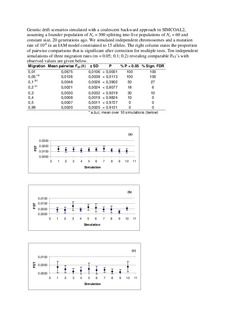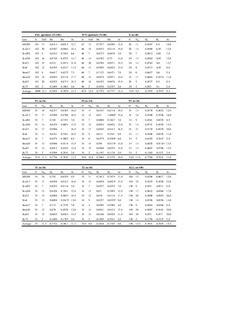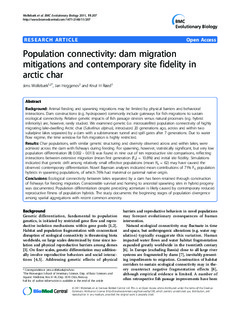| dc.description.abstract | BACKGROUND: Animal feeding and spawning migrations may be limited by physical barriers and behavioral interactions. Dam constructions (e.g. hydropower) commonly include gateways for fish migrations to sustain ecological connectivity. Relative genetic impacts of fish passage devices versus natural processes (e.g. hybrid inferiority) are, however, rarely studied. We examined genetic (i.e. microsatellite) population connectivity of highly migrating lake-dwelling Arctic char (Salvelinus alpinus), introduced 20 generations ago, across and within two subalpine lakes separated by a dam with a subterranean tunnel and spill gates after 7 generations. Due to water flow regime, the time window for fish migration is highly restricted. RESULTS: Char populations, with similar genetic structuring and diversity observed across and within lakes, were admixed across the dam with fishways during feeding. For spawning, however, statistically significant, but very low population differentiation (θ; 0.002 - 0.013) was found in nine out of ten reproductive site comparisons, reflecting interactions between extensive migration (mean first generation (F0) = 10.8%) and initial site fidelity. Simulations indicated that genetic drift among relatively small effective populations (mean Ne = 62) may have caused the observed contemporary differentiation. Novel Bayesian analyses indicated mean contributions of 71% F0 population hybrids in spawning populations, of which 76% had maternal or paternal native origin. CONCLUSIONS: Ecological connectivity between lakes separated by a dam has been retained through construction of fishways for feeding migration. Considerable survival and homing to ancestral spawning sites in hybrid progeny was documented. Population differentiation despite preceding admixture is likely caused by contemporary reduced reproductive fitness of population hybrids. The study documents the beginning stages of population divergence among spatial aggregations with recent common ancestry. | |


